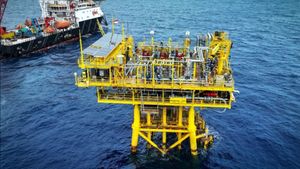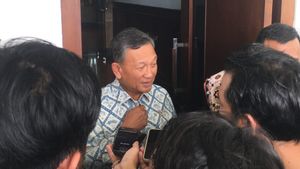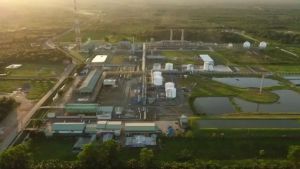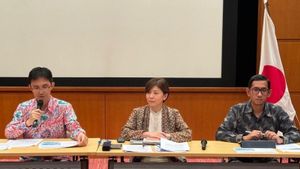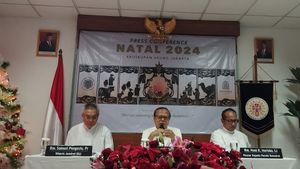JAKARTA - Investment Minister/Head of BKPM Bahlil Lahadalia asked Cooperation Contract Contractors (KKKS) in the upstream oil and gas sector to prioritize domestic industries in supplying oil and gas.
This is because downstream oil and gas sector is one of the government's targets to develop domestic derivative industries, as well as support targeted economic growth. He emphasized that in the future the government will ask KKKS to prioritize the distribution of oil and gas, especially gas, to meet domestic needs.
"Ask domestic industrial friends first, prioritize them, so that oil and gas natural resource management has added value in the country," said Bahlil in his presentation at the 4th International Convention on Indonesian Upstream Oil and Gas (ICIUOG) 2023, which was held in Bali, Wednesday, September 20.
He added that the upstream oil and gas sector will be an important motor to support the government's program to make Indonesia one of the highest Gross Domestic Product (GDP) countries in the world.
To achieve this target, the Ministry of Investment projects that Indonesia will need an investment of around US$545 billion, of which 10 percent will be supported by the oil and gas sector.
"So in my calculation, the oil and gas sector requires an investment of around 68.1 billion US dollars to 2040," said Bahlil.
In the coming years, said Bahlil, the oil and gas industry is not only needed to meet fuel and transportation needs. The development of the gas field, for example, will have a key role for the development of the petrochemical industry.
Therefore, the government is currently also supporting the development of two large oil and gas downstream projects, both of which are in eastern Indonesia where the gas is taken from the Kasuri block in Fakfak and Berau in Bintuni.
VOIR éGALEMENT:
"There is the development of fertilizer and blue ammonia factories in Fakfak and Bintuni," said Bahlil. As the manager of upstream oil and gas business activities, SKK Migas has been trying to prioritize domestic gas needs.
Just so you know, the volume of gas exported is reduced gradually, so that in 2012 the domestic gas supply was higher than exports.
In 2022, the average volume of gas distributed for domestic needs has reached 67 percent of the total gas distribution, while the volume of gas exported is around 33 percent.
Gas distributed domestically is mostly used to support the procurement of electrical energy, then used for the fertilizer industry, petrochemical industry and other industries.
The English, Chinese, Japanese, Arabic, and French versions are automatically generated by the AI. So there may still be inaccuracies in translating, please always see Indonesian as our main language. (system supported by DigitalSiber.id)



